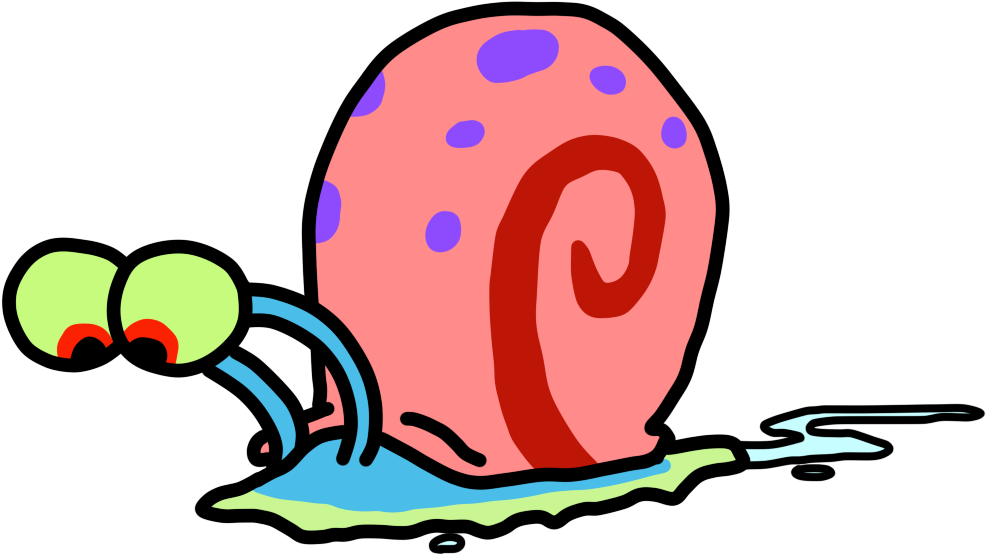- cross-posted to:
- [email protected]
- cross-posted to:
- [email protected]
Good, this should have always been the norm. You literally cannot predict disaster, so you should always have something available just in case.
It should also include things like jugs of non-potable water in addition to jugs of potable water. The non-potable water can be used for things like flushing toilets a commonly overlooked but important aspect of losing water access.
If you have a bathtub, an easy way is just to fill that and use it for flushing the toilet. I think my family did that for a week after Katrina.
Why does it need to be non-potable? Or do you just mean to keep those functions in mind?
It’s not that it specifically needs to be non-potable, just that you shouldn’t waste drinking/cooking to wash yourself and flush toilets when you don’t know how long issues can last.
Rain water and eavestrough runoff water is fine for flushing and cleaning, and it doesn’t need to be kept in food-safe containers.
Oh I see, collect it when you can, because a surplus of water is better than just having water for drinking. This makes sense. I think people often forget how much water we use on a daily basis.
It doesn’t need to be non-potable, but it seems wasteful (in my opinion) to use potable water for flushing toilets.
Though that begs the question if it isn’t wasteful to save non-potable water when you could save potable water instead.
A person could have containers they wouldn’t drink out of but can hold liquid just fine.
Rookie numbers. The Bundesamt für Bevölkerungsschutz und Katastrophenhilfe recommends to have supplies for two weeks on hand.
In totally unrelated news: Two weeks is also the projected timeframe it would take for a civil war like state to emerge if order can’t be established after a country wide emergency.
Violent times
72 hours? I haven’t even left my house for the last two weeks simply because I’m lazy and don’t like shopping every day.





